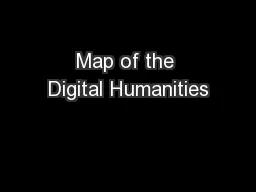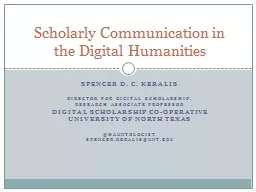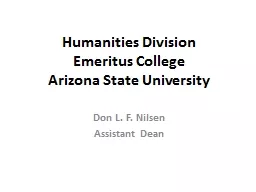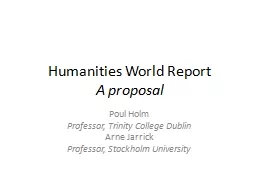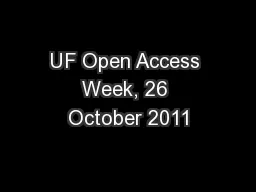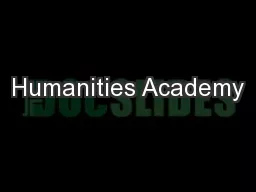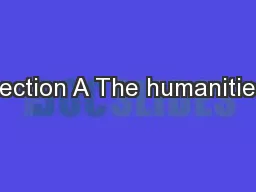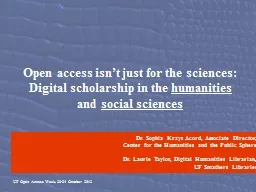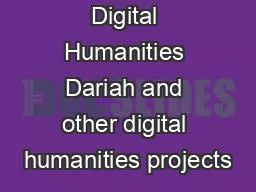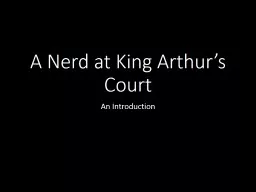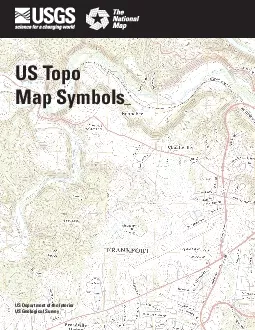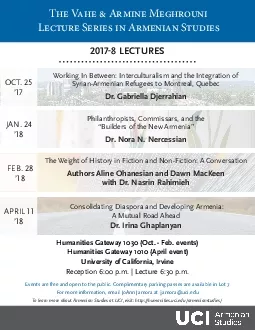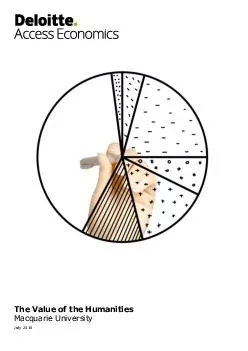PPT-Map of the Digital Humanities
Author : conchita-marotz | Published Date : 2018-10-24
v 21 8 Sept 2015 Alan Liu U California Santa Barbara Twitter alanyliu A map is not a definition It is a way of moving around and showing others how to get from
Presentation Embed Code
Download Presentation
Download Presentation The PPT/PDF document "Map of the Digital Humanities" is the property of its rightful owner. Permission is granted to download and print the materials on this website for personal, non-commercial use only, and to display it on your personal computer provided you do not modify the materials and that you retain all copyright notices contained in the materials. By downloading content from our website, you accept the terms of this agreement.
Map of the Digital Humanities: Transcript
Download Rules Of Document
"Map of the Digital Humanities"The content belongs to its owner. You may download and print it for personal use, without modification, and keep all copyright notices. By downloading, you agree to these terms.
Related Documents

